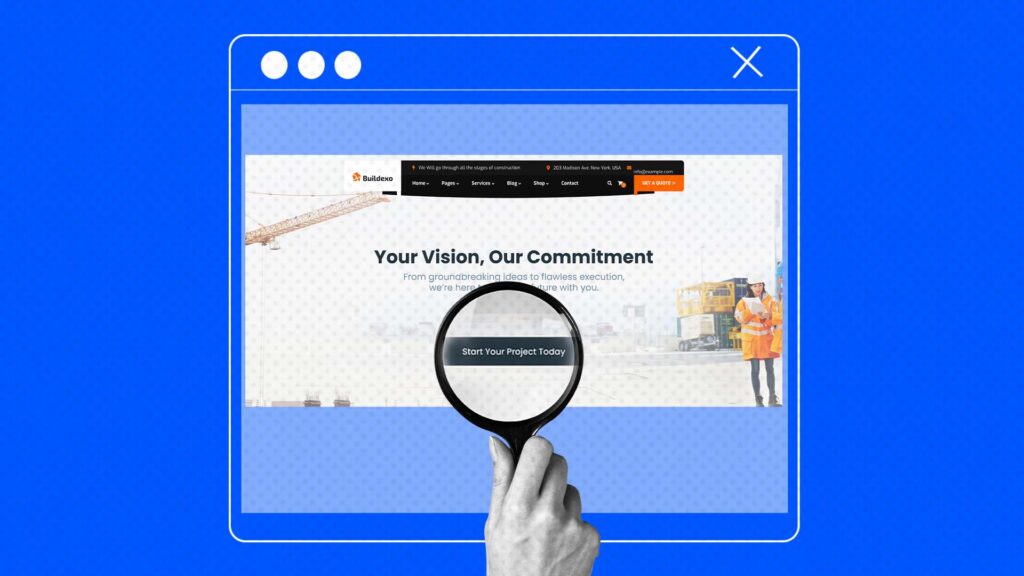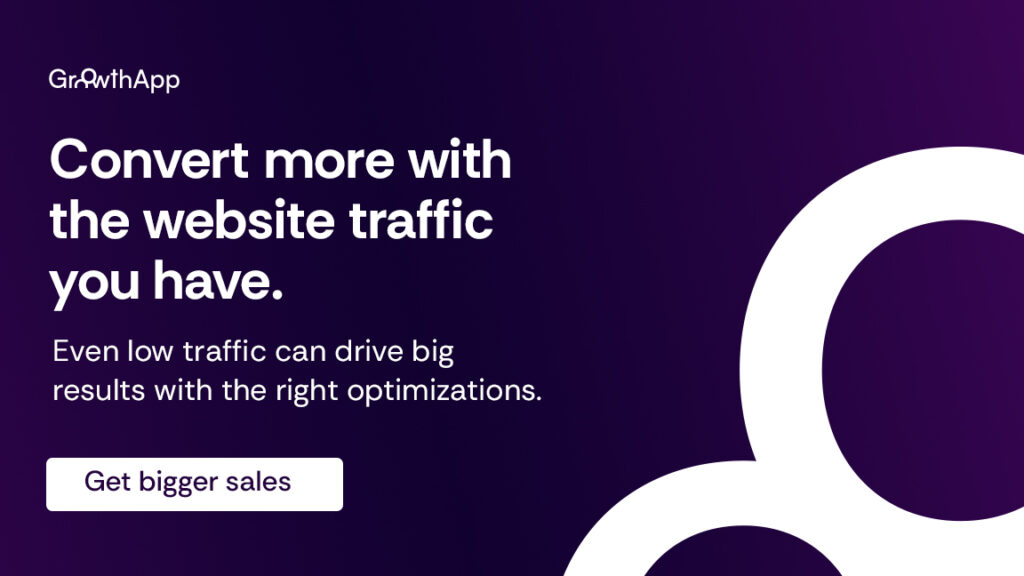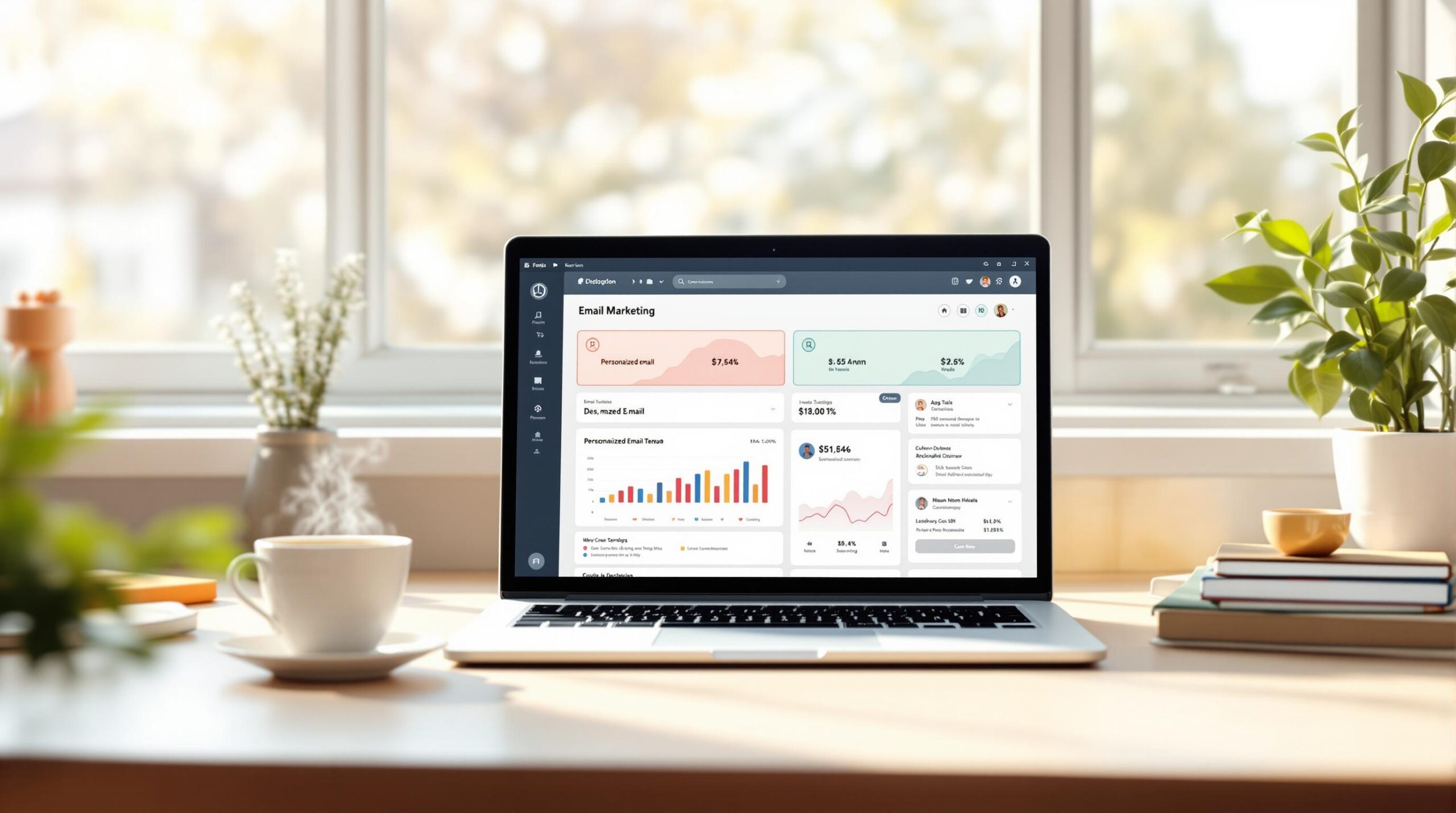Not every business has the luxury of high traffic.
For many website owners, the reality is a slow trickle of visitors—sometimes so few that traditional conversion rate optimization (CRO) strategies don’t yield meaningful results. If you’ve ever felt frustrated by the lack of traffic and wondered how you can still improve conversions, you’re not alone.
Most CRO advice assumes you have thousands of visitors to test with, making it easy to run A/B tests and optimize based on statistically significant data. But what if you don’t? What if your traffic is too low to produce reliable test results? Does that mean you’re stuck with poor conversions until you magically attract more visitors?
Absolutely not.
While high-traffic websites can experiment rapidly and iterate quickly, low-traffic sites need a more strategic, thoughtful approach. The good news? There are still plenty of ways to improve your conversion rates—even with limited data. You just have to shift how you think about optimization.
This article will walk you through practical, data-driven low traffic conversion strategies in marketing. Instead of relying on high-volume A/B testing, we’ll focus on qualitative research, heuristic analysis, and alternative testing methods to uncover insights and drive real improvements.
1. Prioritize qualitative research to understand user behavior
When you don’t have enough traffic to run traditional A/B tests, qualitative research becomes your best friend.
Unlike quantitative data, which focuses on numbers and statistical significance, qualitative research digs into the why behind user behavior. It gives you a deeper understanding of what’s working, what’s not, and where users are getting stuck.
Here’s how you can leverage qualitative research for conversion optimization:
User surveys and feedback forms
Even with low traffic, you still have visitors interacting with your site. Use surveys and feedback forms to ask them about their experience. Keep it simple—ask questions like:
What almost stopped you from making a purchase today?
Was anything confusing or frustrating about this page?
If you didn’t buy today, what would have convinced you to?
Tools like Hotjar, Typeform, and Google Forms make it easy to collect responses. Over time, patterns will emerge, revealing key friction points in your funnel.
Live chat and customer support insights
Your customer support team is a goldmine of information. They’re on the front lines, hearing directly from users about their frustrations and concerns. Analyze live chat transcripts and support tickets to identify recurring issues. If multiple people are asking the same question, that’s a red flag that something needs to be clarified on your site.
Session replays and heatmaps
Free CRO tools like Growie allow you to watch session replays—recordings of real user interactions on your site. This lets you see exactly where users hesitate, scroll aimlessly, or abandon key pages. Heatmaps, on the other hand, show which areas of a page attract the most (or least) attention.
For example, if visitors are consistently ignoring your call-to-action (CTA) button, it may be poorly placed or not compelling enough. With these insights, you can make informed changes without needing large-scale A/B testing.
2. Optimize your best-performing pages first
When traffic is limited, you need to be selective about where you focus your efforts. Instead of making random site-wide changes, start with the pages that already get the most traffic.
Identify your most-visited pages using Google Analytics. These are typically:
- Your homepage
- Your top product or service pages
- High-intent landing pages
Since these pages receive the lion’s share of your traffic, even small improvements can lead to noticeable conversion gains.
Key elements to test and improve:
- Headlines: Does your headline instantly communicate value? Try making it clearer or more benefit-driven.
- Call-to-Action (CTA) buttons: Are they easy to find? Do they stand out? Experiment with placement, color, and wording.
- Page load speed: Slow pages kill conversions. Use tools like Google PageSpeed Insights to identify and fix speed issues.
- Trust signals: If your site lacks credibility (like testimonials, reviews, or security badges), visitors may hesitate to convert.
Even without A/B testing, you can track performance over time by making a single change, waiting a few weeks, and comparing metrics like bounce rate, time on page, and conversion rate.
3. Leverage micro-conversions to build momentum
If your main conversion goal (sales, sign-ups, etc.) isn’t happening as often as you’d like, focus on micro-conversions instead.
Micro-conversions are smaller actions that indicate user engagement and intent, such as:
- Clicking on a product page
- Adding an item to the cart
- Downloading a free resource
- Signing up for an email list
By optimizing for these smaller steps, you create a smoother path toward your ultimate goal. For example, if users frequently abandon their cart, improving the checkout experience could lead to higher conversions down the line.
How to optimize for micro-conversions:
Simplify your forms: Reduce the number of required fields to make sign-ups easier.
Offer lead magnets: Free resources (like e-books or discount codes) encourage email sign-ups, allowing you to nurture leads.
Improve navigation: Make it effortless for users to find what they need. Confusion leads to drop-offs.
Tracking micro-conversions helps you identify where users disengage, giving you clear areas for improvement.
4. Use rapid testing for quick insights
Traditional A/B testing requires high traffic to achieve statistical significance. But with low traffic, you can turn to rapid testing methods for quick insights.
Preference testing
Instead of waiting weeks for an A/B test to run, use platforms like UsabilityHub to get instant feedback. Show users two design variations and ask which one they prefer. While it’s not a perfect substitute for real-world testing, it provides immediate direction.
5-Second tests
A five-second test involves showing users a page for five seconds, then asking what they remember. This helps gauge whether your key message is clear and attention-grabbing. If users can’t recall your CTA or offer, it’s a sign that your messaging needs work.
Internal testing
Even if you don’t have thousands of visitors, you can still gather feedback from colleagues, friends, or small focus groups. Sometimes, an outside perspective can reveal issues you wouldn’t have noticed on your own.
5. Identify and fix conversion blockers
Sometimes, the biggest improvements come from fixing obvious roadblocks. If something is preventing users from converting, no amount of traffic will fix it.
Common conversion blockers:
- Unclear value proposition: If visitors don’t immediately understand what you offer and why it matters, they won’t take action.
- Complicated checkout process: Every additional step in your checkout process increases the likelihood of abandonment.
- Poor mobile experience: If your site isn’t mobile-friendly, you’re losing potential customers.
- Lack of trust signals: If your site looks unprofessional or lacks credibility indicators (like social proof), users may hesitate to convert.
- Use qualitative research, user feedback, and session recordings to pinpoint these issues. Often, fixing just one major friction point can lead to a significant boost in conversions.
6. Focus on what you can control
Having low traffic doesn’t mean you’re stuck with low conversions. While traditional CRO methods may not work as effectively, there are still plenty of ways to optimize.
By leveraging qualitative research, improving your highest-traffic pages, optimizing for micro-conversions, and using alternative testing methods, you can make meaningful improvements—no massive traffic numbers required.
Conversion rate optimization isn’t just about A/B tests and statistical significance. It’s about understanding your audience, removing friction, and making every visitor count. And when you optimize with that mindset, even low traffic can lead to high-impact results.




